At the time this episode airs, we are just a few short months away from the holiday season, and for Pinterest marketing, the holidays are a crucial time. If you want to work on generating more sales this year, tune into my conversation about creating a digital marketing funnel on Pinterest with Monica Froese.
Monica is a regular guest here on the Simple Pin podcast and a good friend of mine. In this episode, we give you a ton of information to help you, but we also give you two very clear action items that will help you to increase your sales during the holiday season.
Creating a Pinterest Digital Marketing Funnel to Generate Sales
While the months of October, November, and December are always heavy sales months, COVID-19 has changed everything. This year, people who would have never shopped online are doing exactly that.
There will be a lot of confused marketers this year, trying to figure out how to take advantage of these extra shoppers. Our goal today is to help you move from confusion to clarity. I love what Monica says about this:
If you confuse, you lose [sales].
Selling to a Cold Audience on Pinterest
One of the things I have learned so much about from Monica over the last few years is how to handle a cold audience. Monica loves cold audiences on Pinterest. So I asked her to share with us why that is and what she does to engage them.
First, we need to define “cold audience.” When you’re talking about email marketing, a cold audience is those folks who don’t open your emails, don’t engage with your content, etc. But on Pinterest, it’s different.
Let’s look more closely at a digital marketing funnel using Pinterest. A person who clicks through one of your pins and comes to your website is not familiar with you or your brand. BUT they are actively looking for a solution that you offer. You might call this person a cold audience, but they really aren’t “cold” once they click through.
The great thing about your Pinterest audience is that they don’t have to know, like, and trust you before they’re willing to come to your site. This differentiates Pinterest from Facebook or Instagram.
On Pinterest, it’s not about you; it’s about your solution to their problem.
Selling on Social Media vs. Selling on Pinterest
We’ve all had the experience of looking at a product online and then when we open Facebook, we are bombarded with ads for that very product. If you aren’t familiar with marketing, that is what we call retargeting.
Retargeting ads are a primary way to make sales on social media. The only problem is, selling on social media interrupts the user’s experience on that platform.
People go on the Facebook platform to catch up with their friends and family and there you are, throwing an ad in their face. Or you’re innocently scrolling your IG feed, looking at pretty houses or your best friend’s vacation pics, and *BOOM*, an ad interrupts your scrolling.
On the contrary, the majority of Pinterest users aren’t just scrolling for fun; they’re actually looking for a solution to a problem. They want to find that solution. So, when you show them a product or an ad for a product, it doesn’t interrupt their experience, it gives them exactly what they need.
The great thing about Pinterest is that you can sell without selling. Pinterest users expect to be sold to, so it removes the need for you to prove yourself or build relationships before you can sell your products.
Tactics for Generating Sales on Pinterest
Monica has a very successful business selling digital products. However, plenty of people see amazing success in selling physical products on Pinterest, so I asked her to share some tactics for both.
Digital Products – The majority of the people selling digital products are typically content marketers, as well. And when Monica talks about content marketing, she’s talking about bloggers.
The biggest issue that Monica sees with digital product sales is that the digital marketing funnel people set up for their audience is super confusing. She makes it a habit to go through people’s funnels, and what she typically sees is mass confusion.
The common scenario looks like this:
- Someone clicks on your pin and then heads to your site.
- When they arrive, it’s so busy that they can’t tell what you want them to do.
- They don’t immediately see the solution to their problem and so they just leave.
The #1 thing you need if you want to generate sales on Pinterest is one call to action.
Physical Products – Now let’s imagine we have someone who makes and sells jewelry on Pinterest.
When it comes to digital products, Monica wants to see sellers cut straight to the chase and quit posting 2000 word blog posts. They should focus on simply get the product/solution in front of their visitor.
The cool thing about physical products is that you’re already primed to have your product out front by way of it being a physical product. The great thing about using Pinterest for physical product sales is that, because Pinterest is a visual search engine, you can convey to the pinner how your product solves their problem in a visual way.
You can use lifestyle photos to showcase your product providing the exact solution the pinner needs. If you create wedding jewelry, you can use images of brides wearing your jewelry so that the pinner can already imagine themselves using the product. You don’t have to convince them.
Related: Market Wedding Services on Pinterest
Pinterest Digital Marketing Funnel Tips
Inspire the Pinner
When Monica goes through students’ sales funnels, she often encounters a digital product sales page that is a very wordy blog post OR a physical product sales page that only specifies the dimensions and facts about the products. If you’re using beautiful lifestyle photos in your pins and the pinner arrives on your website and is greeted by a bunch of text, they no longer feel inspired.
At that moment, you lose them.
Don’t Confuse the Pinner
Another thing to avoid is using an ill-timed pop-up box on your site. If a new reader comes to your site, they want to see what you have to offer before a 10% off coupon pops up in their face. They don’t know if they want 10% off because they don’t even know what you have to offer yet.
Avoid confusing the pinner. If you want them to buy something from you, don’t confuse them with pop-ups or multiple calls-to-action. If you want to offer a coupon, do it via a sticky bar at the top of the page or in a box near the product.
There have been times I have asked Monica to go through one of my sales funnels, so that I can learn what the journey is like for someone else. I highly recommend that you reach out to someone you trust to audit your digital marketing funnel process, from pin to sales page. Ask them to tell you if any part of it was confusing and if what you wanted them to do was clear throughout.
How to Sell Without Feeling Sleazy
So many bloggers and content creators feel like they’re doing something wrong by selling in a direct way to their audience. They want to skirt around the issue, selling in a roundabout way. But that is not the best way!
When someone visits your business from Pinterest, they already know you are selling something. They know before they click through to your site what they’re getting into. They want a solution and you claim to provide it. Now, if they get there and you don’t immediately show them why your product is the solution to their problem, they’re going to leave in confusion.
Another problematic issue is pricing.
People (especially women) have trouble charging what their product or service is actually worth. We feel guilty somehow about charging people to provide the solution to their problem, instead of feeling proud that we have created something that solves their problem and provides income for us.
Stand by your prices if they are fair and based on your experience. Don’t overcharge, but don’t be guilted into undercharging just because some people either can’t afford what you’re selling or because they try to make you feel bad for your prices. Not everybody will be able to afford you and that is okay.
How to Position Your Products for Holiday Sales
In the year of COVID-19, we will see an unprecedented surge in online shopping. If you sell products, you need to be prepared for your biggest sales season ever. I asked Monica to give her best advice on being prepared for the holiday selling season on Pinterest.
Physical products are a complete no-brainer during the holidays. When we think of gifts, we imagine them wrapped and under the tree, right? So, continue to create gift holiday guides and create pins for those guides because that will still be huge this holiday season.
But for all you digital products sellers, digital products are beginning to see their day in the limelight. While even a couple of years ago people might not have purchased a digital product as a gift, we are going to see a shift in 2020.
Will Your Niche Perform for the Holidays on Pinterest?
Pinterest is the perfect platform to sell everything, and the platform is primed for sales during Q4. The algorithm is set to bring holiday trends to the top of the search results so your traffic can continue to grow even during the holidays.
Monica says that in five years of working on Pinterest marketing, she has never encountered a niche in which the topic can’t be spun to work with the holiday season on Pinterest. She even provided some examples for us:
- Keto meal planning: Keto meal planning and/or how to stick to your keto diet during the holidays; Keto meal plan for Thanksgiving
- Food blogger: Compile your already-created holiday recipes into an ebook
- Marketers: Prep a Black Friday sale for your products/services/course
- Yoga instructor: create a guide on how to work out at home over the holidays
If you want to generate more sales on Pinterest this holiday season, or anytime during the year, ask yourself this question:
How would my ideal customer use my product in the context of the holiday season?
Find Monica at her new website.
For Further Listening/Reading
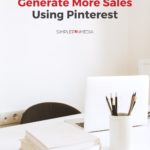
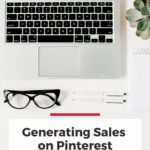
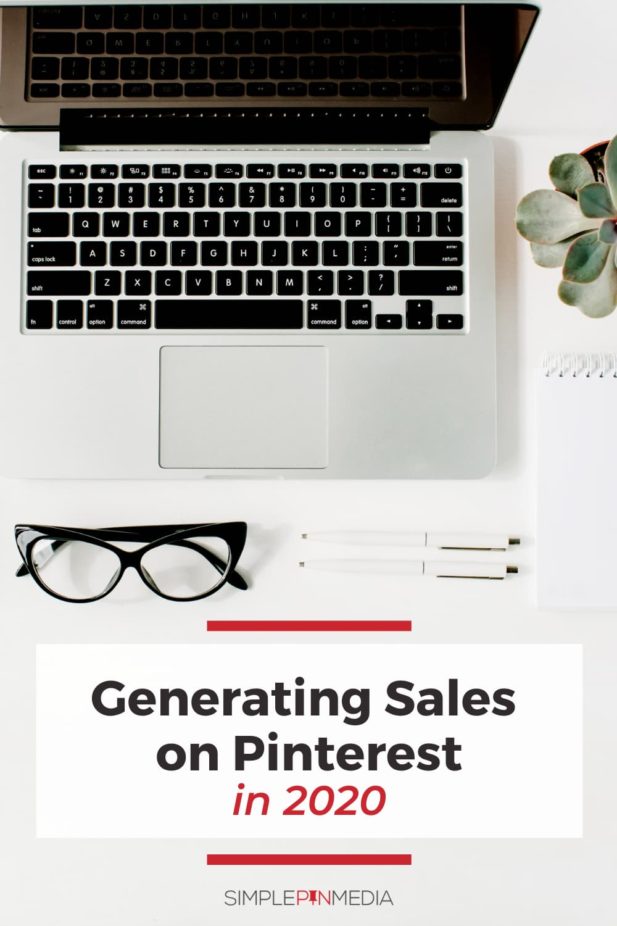


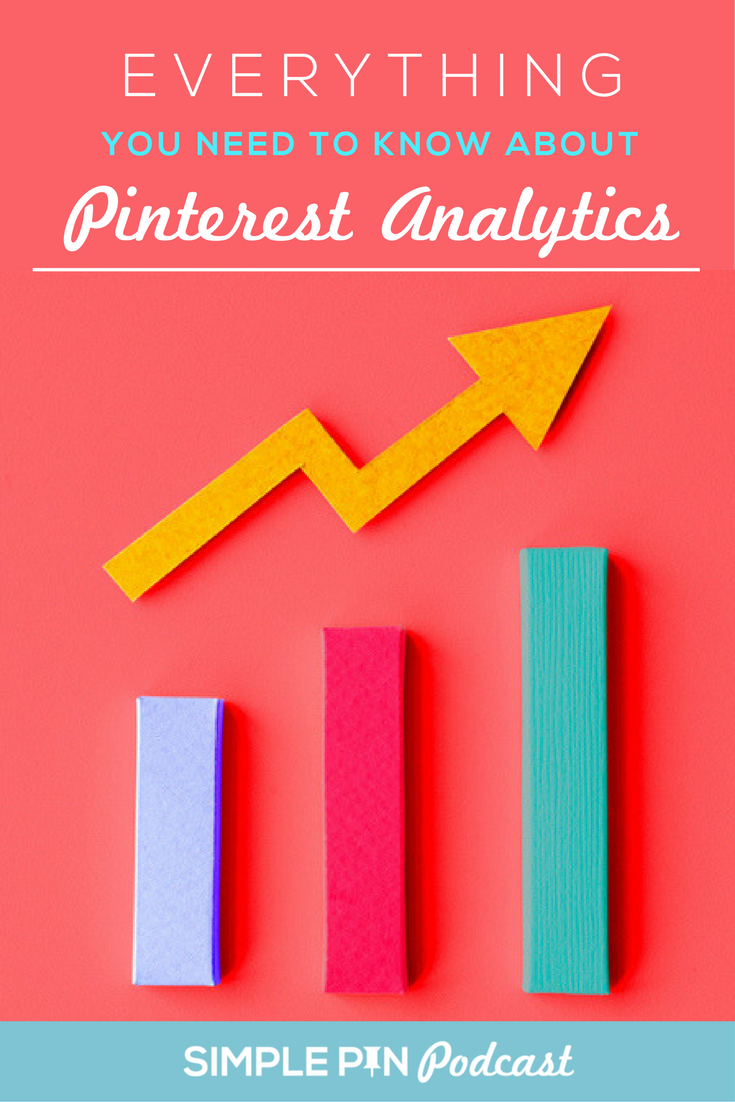

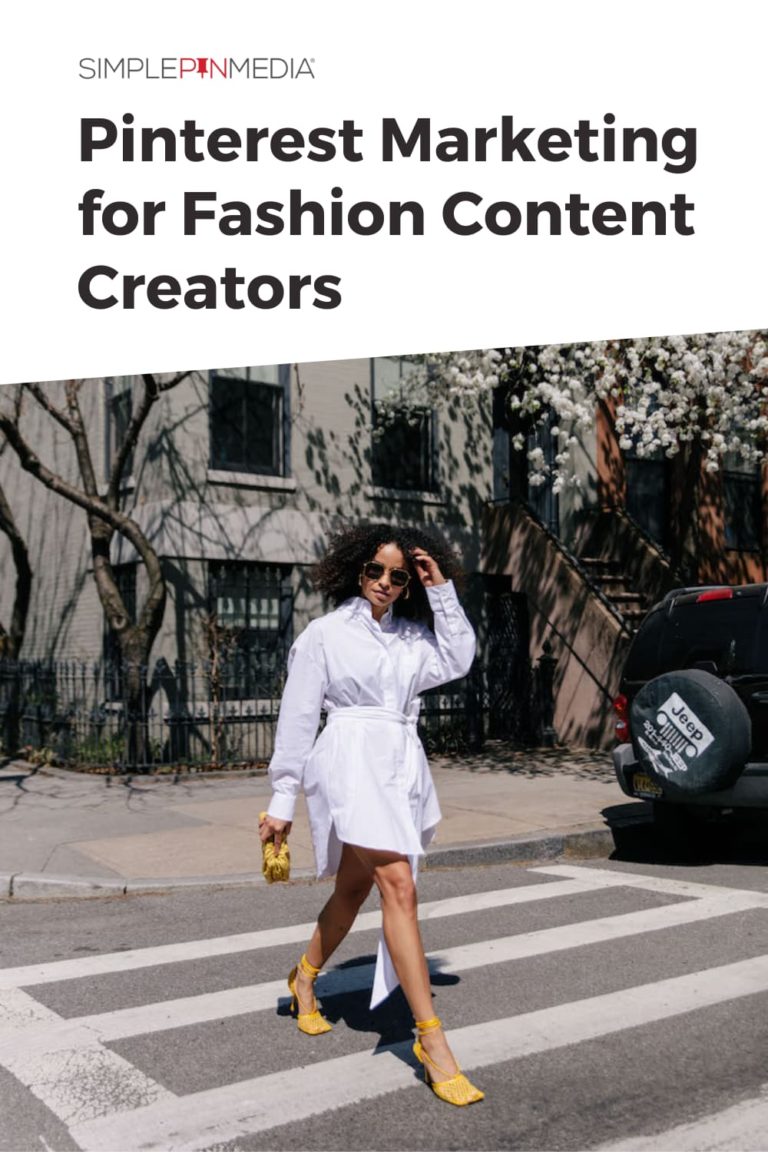



One Comment